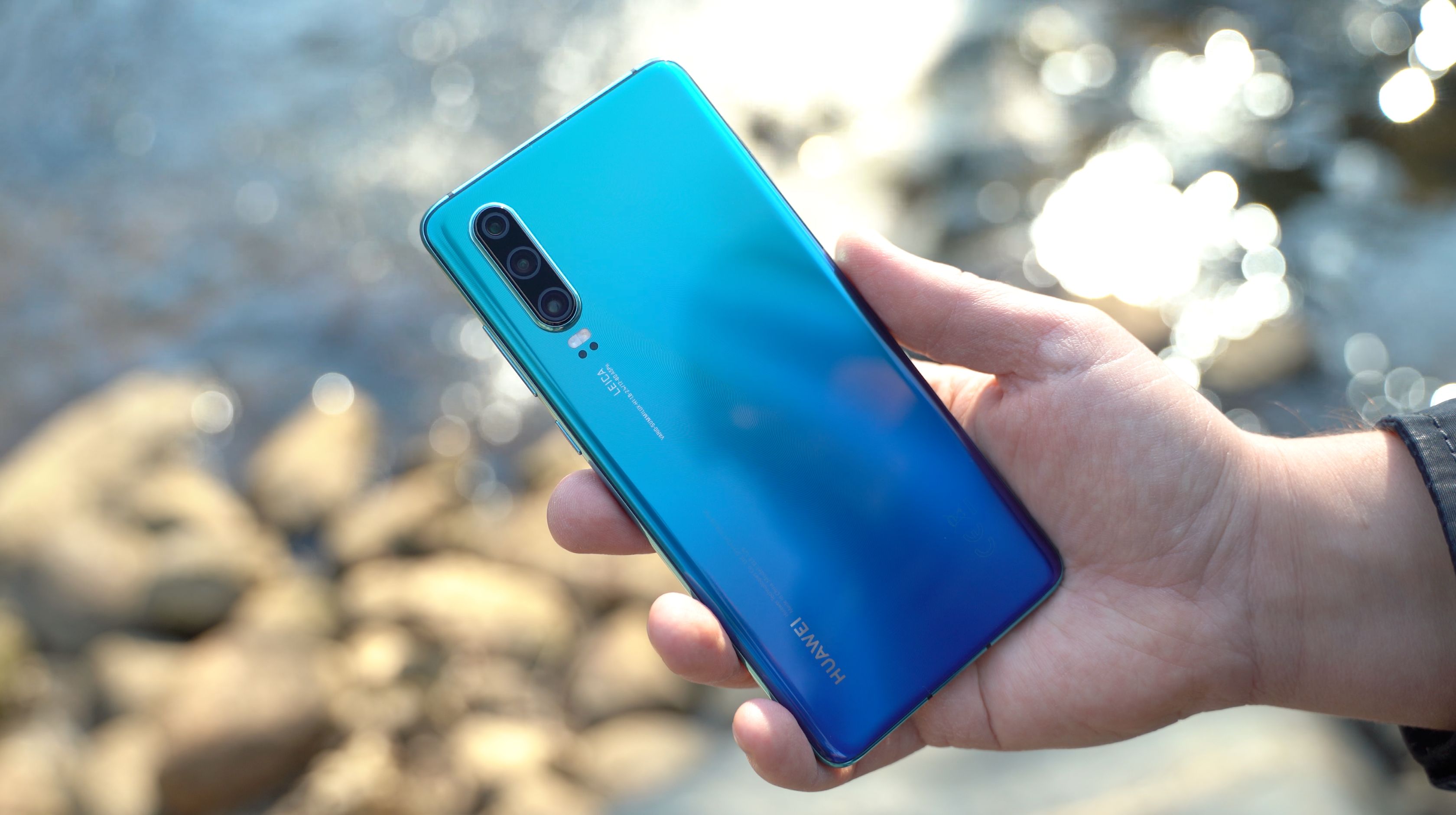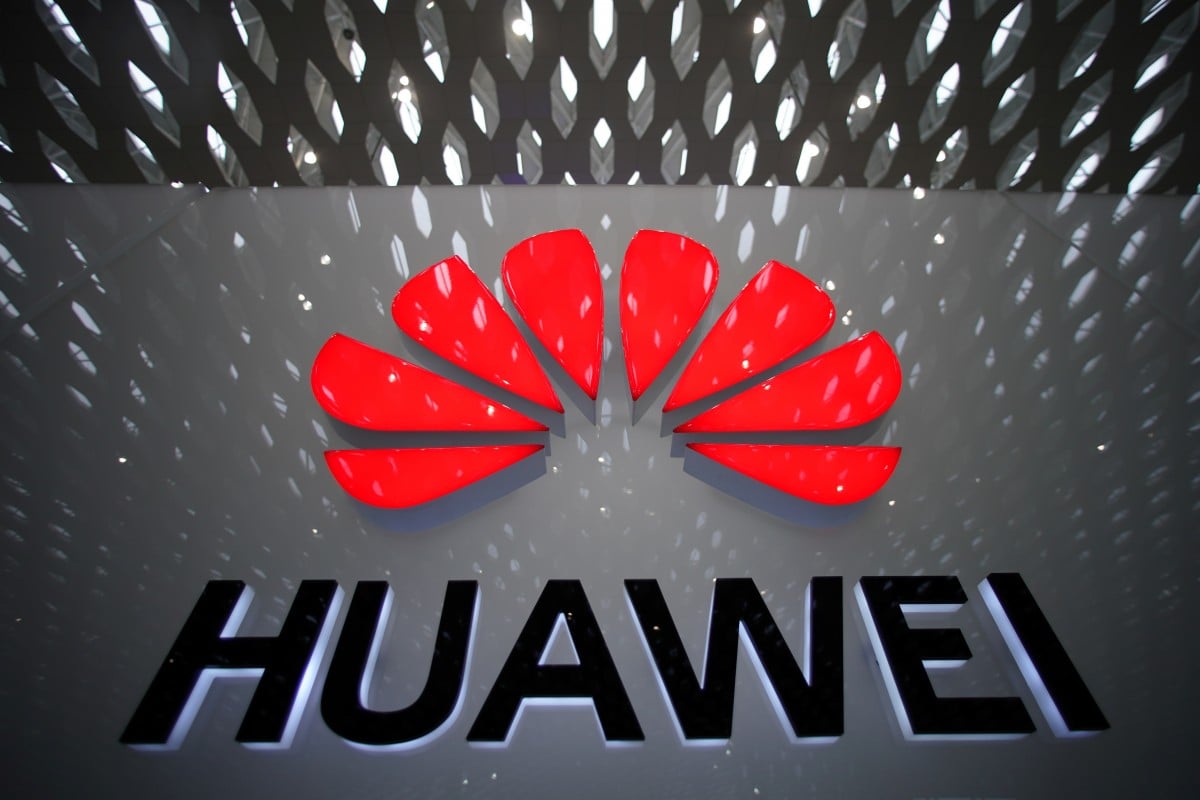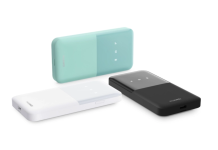Huawei had debuted the Mate 30 and Mate 30 Pro flagship phones in September. These Mate 30 series haven’t hit markets outside of China since they do not feature Google Mobile Services (GMS) all because of the US trade ban on Huawei. However, a fresh report on The Information reveals that Huawei will be releasing the Huawei P40 and P40 Pro smartphones in global markets in 2020.
In China, Android smartphones do not feature apps by Google. However, the scenario quite different outside of China since all Android devices is equipped with GMS. The US trade ban has been extended by 90 days. This arrangement makes it possible for Huawei to work with the firms in the U.S. with some restrictions. Huawei is to yet to receive a green signal on providing its future Android phones with GMS.
If the company is working on the global release of Huawei P40 and P40 Pro, there could be a possibility that the ban will be over by the time P40 series arrives in global markets. If it happens, Google may issue CMS certifications for forthcoming Huawei devices.
Another thing that Huawei can do is launch the P40 and P40 Pro in the global markets with its own Huawei Mobile Services (HMS) as a replacement for GMS. However, HMS won’t give access to Gmail, Google Photos, Google Drive and so on. Huawei may develop its own apps or partner with third-party firms to build apps that can work similarly as those found on the GMS. However, Huawei will be facing a daunting task of readying HMS with all the required GMS counterparts.
Huawei has recently released the Honor 9X in the global markets after the US trade ban took effect. The device is loaded with GMS. It was made possible by rebranding the existing Huawei P Smart Z phone as Honor 9X. The P Smart Z had debuted before the ban was imposed on Huawei. When Google certifies a device to support GMS, the license is attached to the service provider and model number of the device for a particular region. The certification requires the device to under certain tests like Mobile Application Distribution Agreement (MADA), Android Compatibility Test Suite (CTS), Google Mobile Services Test Suite (GTS) and Vendor Test Suite (VTS) that mainly pertains to the version of Android OS and the hardware that is equipped with. Google only cares whether the hardware and software of the devices meet the requirements of GMS. It means smartphone OEMS can change those hardware components that are tested during the GMS licensing without notifying Google. Such devices can have a different exterior design.

This strategy allowed Huawei to make use of the same license for the Honor 9X that it was granted for P Smart Z. Hence, the company could launch the Honor 9X with a different appearance and specs than the P Smart Z with GMS onboard. Both phones have identical specs, and the only major difference is that the Honor 9X has better rear cameras. Huawei may employ the strategy with Huawei P40 and P40 Pro phones. If the trade ban continues, the Chinese firm would be able to acquire new GMS licenses for P40 series. Hence, the for, may use the GMS license for Huawei P30 and P30 Pro to launch new phones as P40 and P40 Pro along with Google apps. By this, the company won’t be violating the trade ban. However, the P40 series may carry flagship pricing a rehashed version of P30 series.
UP NEXT: Huawei Nova 6 launch date is December 5








